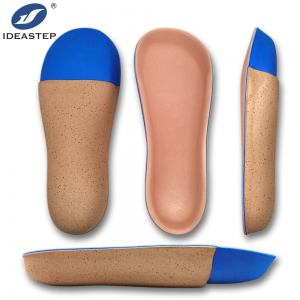
Heat moldable insoles are typically made from a material called thermoplastic. Thermoplastic materials have the unique property of becoming pliable and moldable when heated, and they retain their new shape once cooled. This allows the insoles to be customized to the shape of an individual’s feet for a better fit and improved support.
The specific type of thermoplastic used can vary depending on the brand and manufacturer. Some common materials used for heat moldable insoles include:
- Ethylene-vinyl acetate (EVA): EVA is a versatile and commonly used material in footwear, including insoles. It can be heat molded to conform to the contours of the feet.
- Polyurethane (PU): PU is another thermoplastic material that offers good cushioning and support. It can be heated and molded to provide a customized fit.
- Polyethylene (PE): PE is a lightweight thermoplastic that is often used in heat moldable insoles. It can be heated and shaped to match the unique contours of the feet.
The process of heat molding insoles typically involves heating the insoles in an oven or using a heat gun until they become pliable. Once at the desired temperature, the insoles are placed in the shoes, and the individual stands or walks in them to allow the insoles to mold to the shape of their feet. As the insoles cool down, they retain the customized shape.
Heat moldable insoles are a popular choice for individuals with specific foot conditions or those seeking a more personalized fit. They can provide enhanced comfort, support, and alignment by conforming to the unique shape of the wearer’s feet.
Expand more related content: https://www.aideastep.com/heatmoldable-orthotic/.
